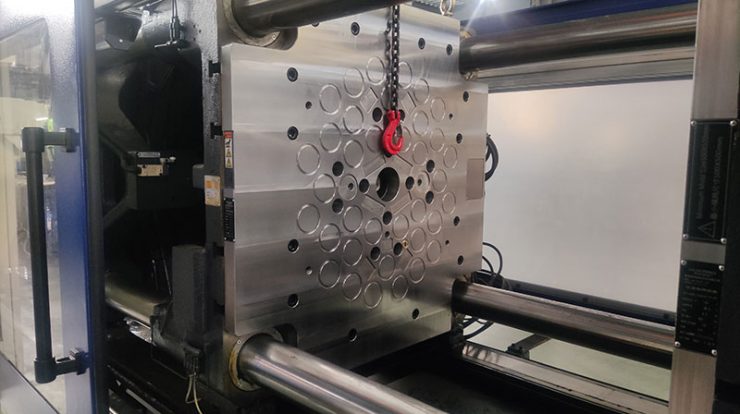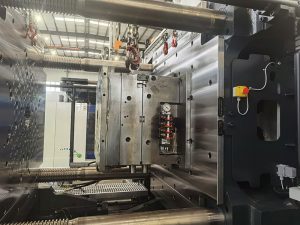
SMED means Single-Minute Exchange of Die, a methodology to reduce mold and die changeover time. This enabled many companies to achieve significant efficiency gains. In the injection moulding industry, where mould change is particularly important, magnetic clamping devices can help you achieve Single-Minute Exchange of Die.
There are many reasons why mould changeover times are so long in traditional injection moulding. For example, the moulds are large and heavy, and the design is so precise and complex. If you want to make sure they are stable and secure when they enter the injection moulding machine, you have to move them slowly. Once the mould is in the machine, it takes more time to fix it. The base plates of the machine only support the use of bolts and nuts, which is very tedious and delicate to fix the mould. After fixing, you have to check the condition of the mould and adjust the machine parameters. In a modern factory where efficiency is so important, can you afford hours of mould change and downtime?

How can magnetic clamping devices help?
Magnetic clamping devices can help you save time when setting up and fixing the mould. The magnetic clamping device has two magnetic plates. You only need to do two things to fix the mould: 1. confirm the position of the mould and then operate the injection moulding machine to clamp the mould 2. magnetise the magnetic plates, which takes only 0.2-2 seconds. The HVR plates have a suction force of up to 16 kg per cm2. The magnetic plate is equipped with a magnetic flux detection sensor. If the magnetic flux decreases during the injection process, the magnetic chuck will sound an alarm. So there is no need to worry about the mould falling off.
In addition, the magnetic clamping devices automatically detect the position and status of the mould. Thanks to the various sensors built into the magnetic plate. A misalignment detector helps you monitor the mould for misalignment. If the mould is misaligned, you can stop the machine at the first sign of an alarm to adjust the mould position. This prevents mould wear and extends mould life. Temperature detection is also important. Be aware that an overheated mould not only affects the cooling and moulding of the product, but also the magnetic strength of the magnetic plate. Therefore, if you notice an abnormal temperature, you must stop immediately and check that the mould’s water cooling unit is working properly. When the mould temperature has dropped to the normal operating range, you need to check that the magnetic flux of the plate is at a normal level.
In summary, the magnetic clamping devices help to reduce the time required to secure and set up the mould during changeover. At the same time, it makes the mould change process simple and easy to perform. The operator’s workload is reduced. The steps and technical requirements for mould changes are simplified. This is in line with SEMD principles.
With HVR’s mold clamping systems, you can achieve the following benefits:
- Reduced production costs: mould change costs and downtime are reduced. This increases production efficiency and reduces production costs.
- Smaller batches: Faster mould changes allow frequent product changes. You can take smaller orders and reduce the pressure on your inventory.
- More flexible production cycles: Smaller production runs allow more flexible scheduling.
- More consistent quality: The multiple sensors on the magnetic plates keep your moulds in top condition. This improving the quality and consistency of your products.
If you need more information about HVR MAG and our magnetic clamping devices, please contact us at:export@hvrmagnet.com






